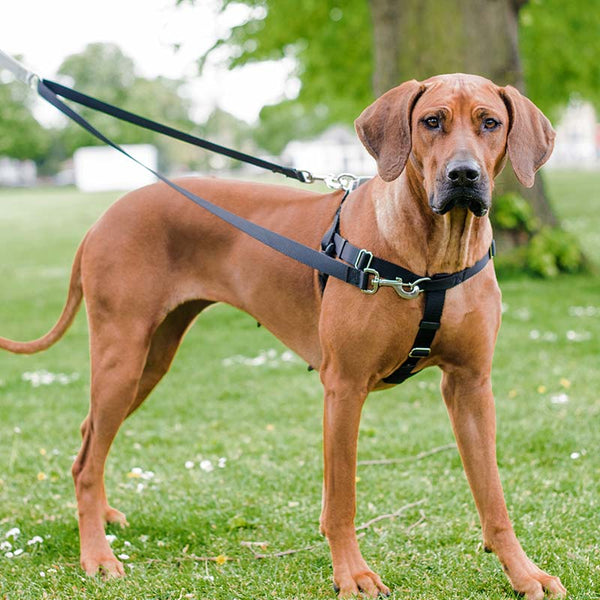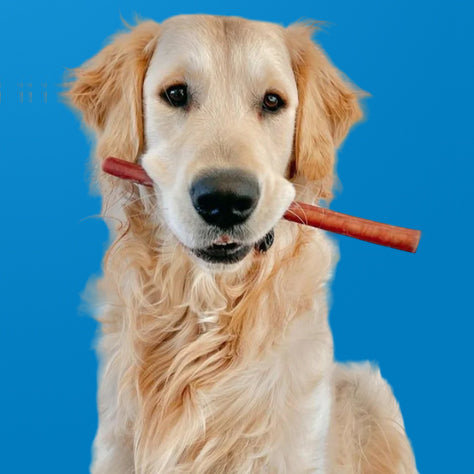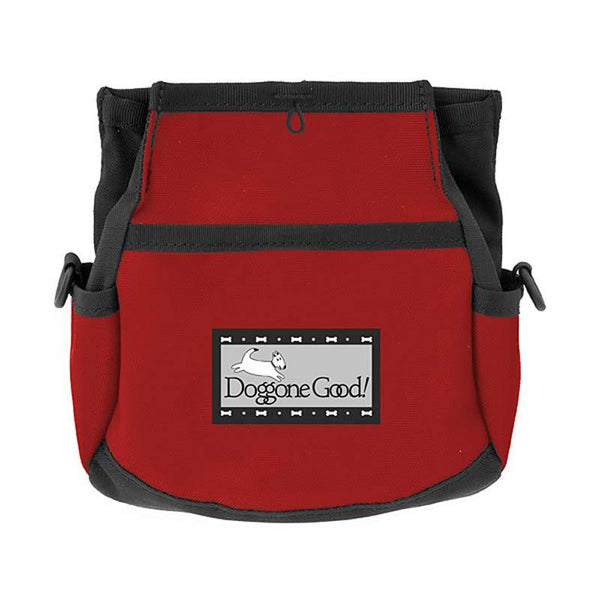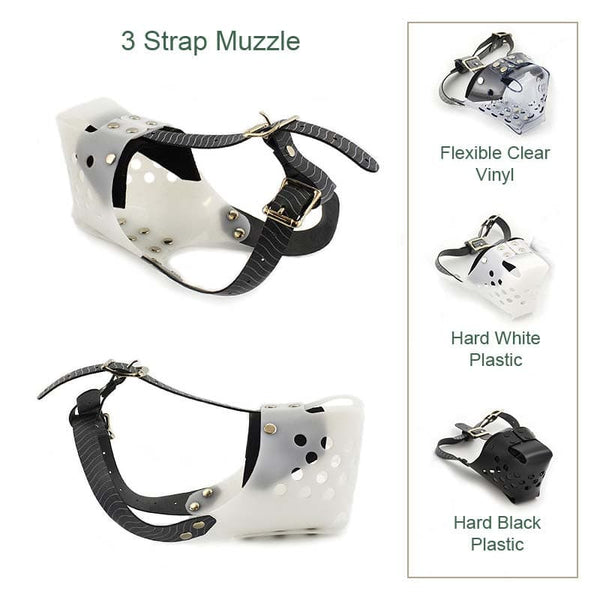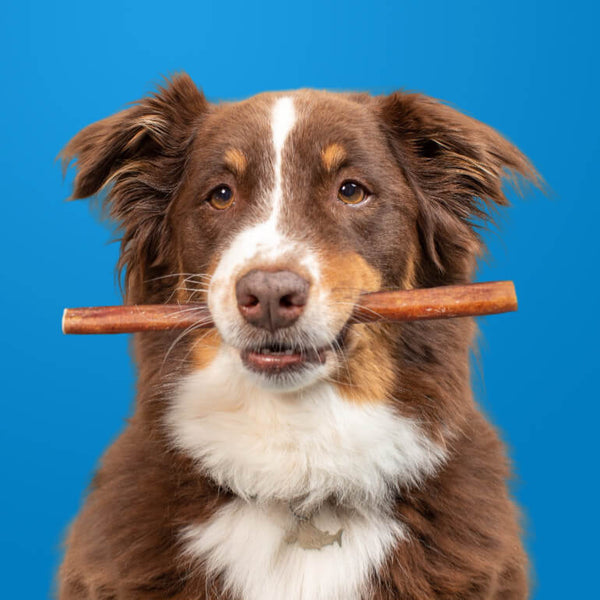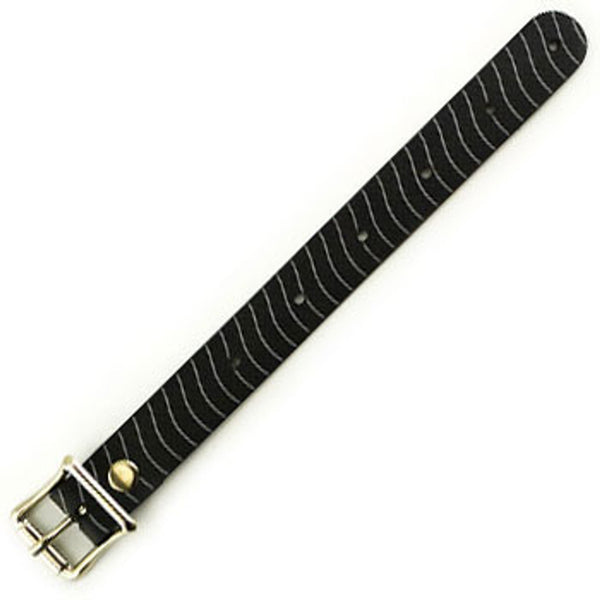Training the New, Second Dog. Quick Tips By Nannette Morgan
Congratulations! You’ve just added a new brother or sister to your existing, well-behaved family dog. You now find yourself challenged to find the time to start training Fluffy or Fido while still paying attention and maintaining Rover’s good manners. What’s that you say? Rover could use a little Canine Charm School refresher too? Not to worry! The tips below will get all the furry critters into tip-top shape in no time! And you won’t have to even find extra time to train each dog.
The recipe is fairly simple:
- Find 5-10 minutes during your daily interaction/play times with your dogs
- Add two eager to learn canines
- Pick the behavior you want to teach
- Have really tasty treats
- Make it fun!
- Mix all together and after a few sessions you have two canines eagerly performing the desired behavior(s).
I don’t blame you if you’re being a little skeptical after reading this and wondering if it really CAN work like I say.
It “does” work because it’s based on a scientific learning phenomenon called “social facilitation”. Simply stated, dogs often do what other dogs are doing in any particular situation. Think of the context where one dog runs to a fence and barks at something on the other side and next thing you see is Fluffy doing the exact same behavior because Rover did it.
Since we are using an existing, underlying canine behavior that’s natural for dogs, it makes it all that much easier to use it to our advantage to train both dogs. This is the ultimate answer for us “lazy trainers”!
Did I mention that it works very quickly too? Well it does if dog number one is well trained. The new dog copies what number one is doing so as to get a treat too. This is because of the other scientific principle regarding canine behavior: Dogs do what works for them!
Okay you say but my Fluffy is one of the dogs that could really benefit from the Charm School Refresher Course you mentioned above. How is that going to affect training my new boy Fido? Well, again, even if Fluffy is currently a “diamond in the ‘ruff’”, once she sees the new dog getting treats for any approximation of the behavior you asked for, she’ll start offering that behavior and even much quicker than she might have a few months ago.
Let’s take an example of where to start so that we can visualize this in the real world. I like to start with the dog paying attention every time I say his or her name (in a nice tone of course!) so that I can build on that with the cues of Sit, Down, or Recall (coming when called). If we don’t have their attention, forget about trying to train them! So I spend the first session alone with the new dog, saying his name, clicking or using a verbal marker word (“yes’ or whatever is a good word for you) and then immediately giving him a very small, pea-sized treat that he likes (tiny bits of hot dog or cheese often work well for this). The key here is a treat that the dog likes; not one that you “think” he likes. His high value treat might be a tiny piece of toasted bread. If so, use that!
Once the new dog is practically getting whiplash every time I say his name I progress to working both dogs together. Lots of times, if the new dog already knows his or her name, this first Attention exercise goes very fast and successfully.
At the next session I get both dogs together with treats they really like and work on the next behavior that I want to train. Since dogs naturally know how to Sit and often offer that on their own, I usually like to start there. I’ll ask the resident, older dog (i.e. the dog who was there in the household first) to sit. I will reintroduce the hand signal for him just after I say “sit” as a refresher for him as well as demonstrating it for the new dog simultaneously. I give him a treat when he sits (after I’ve marked the behavior with a click or verbal marker) and then I release him with my release word (examples are “ok”, “done”, “free” or whatever your word is). Next I ask Fluffy, the new dog to do this using the hand signal. I’ll do that a few times with her with the hand signal. When I realize she knows and performs what I’m asking I then add the verbal cue a second or two JUST before the hand signal she already recognizes. I mark it when she sits, treat her, and release her, whether I am just using the hand cue or the verbal cue. We’ll work on this for as many sessions as needed until she’s fluent in the behavior. Once she’s fluent we can go onto another cue such as Down or Come.
We will also practice Sit outside of the 5-10 minute training sessions such as meal time, waiting at the door before going out to potty or walks. This is where learning the behavior really speeds up as I mentioned earlier regarding social facilitation. You’ll notice that if your older dog does his automatic sits before going out the door or waiting for his meal, the new dog will start doing it also. She’ll follow his lead, just as she would if he ran to the fence to bark at a passerby but this time she’s doing a desired, household behavior that you wish to teach her. You could say that it’s as though the older dog is teaching the new dog how to behave in the household. In a way it is because of the other phenomenon: Dogs do what works! If Fido gets his meal as long as he does a sit without asking, then Fluffy figures out that doing that too will get her meal and of course it does!
See why I call this the lazy trainer method? Not only will the new dog learn the new (to her) behaviors but you’ll notice that when you call Come for instance, it will be like buffalo stampeding to get to you for their treats. They will most likely compete to see who gets to you first to get the treat first. This has other obvious benefits too. It will really sharpen up all the dogs’ behavior skills, especially for Recall (“Come”). Since that’s such a vital, life-saving behavior, any way to make it easier to learn and “stick” with your dogs has got to be a benefit!
How long will it take to see some results? If you do this for 5-10 minutes, once a day consistently, you are likely to see solid results of easy behaviors (Sit, Down) probably in a week or two. It depends on the aptitude of your new dog, your bond with your new dog as well as your bond with your resident dog. If your resident dog is an ace at behavior cues, it will probably only take about a week or two. As they say, though, your mileage may vary. Even if it takes longer, at least you are saving time by training both dogs at once and having fun at it. As I said earlier, make it fun. Doing it for 5 minutes, say a few minutes after you get home from work or an errand, since they’re eager to see you anyway, all three of you will have fun doing it. After the short session you can release them to play together. Their playtime after the training sessions becomes an extra “life” reward for them. (Playing, eating, affection, etc. are all life rewards to most dogs).
The reward for YOU is having two well-behaved dogs in an easy-to-achieve manner that is also fun and enjoyable for you to see. So sit back, put your feet up, and reward yourself with YOUR high value treat!
Happy Training!
~Nannette
Nannette Morgan, B.A. CPDT-KA is a Certified Professional Dog Training offering private and group classes, behavior consulting and pre/post adoption counseling in Morgan Hills, CA.
She can be reached at www.pawsitivepals.net or at 408-806-2021.
- Choosing a selection results in a full page refresh.
- Press the space key then arrow keys to make a selection.





